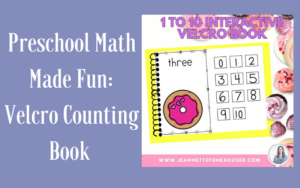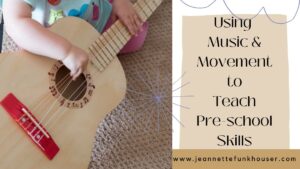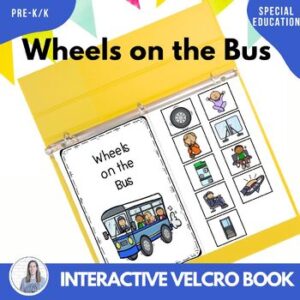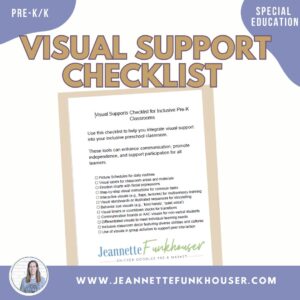Teaching Through Play: What to Focus on in Pre-K Playgrounds
Playgrounds are not just places for fun; they are vibrant learning environments filled with pre-k playground activities. In these lively spaces, children can explore, interact, and engage in activities that foster various skills. Here’s an in-depth look at what to teach on the playground and how to enhance the learning experience for young children.
1. Gross Motor Skills
Activities:
Create opportunities for climbing, jumping, running, and swinging. Set up structured obstacle courses using playground equipment like slides, tunnels, and climbing walls. Incorporate activities such as relay races or treasure hunts that require physical movement.
Skills Developed:
These pre-k playground activities enhance balance, coordination, and strength. Gross motor skills are foundational for later physical activities and sports, helping to improve children’s overall fitness and confidence in their physical abilities. Additionally, engaging in such pre-k playground activities you support their vestibular and proprioceptive systems, which are essential for spatial awareness and body control.
2. Social Skills
Activities:
Promote group games like tag, duck-duck-goose, or cooperative team-building exercises. Create scenarios where children must work together to achieve a common goal, such as building a structure in the sandbox or organizing a group game.
Skills Developed:
Children learn vital social skills such as communication, sharing, taking turns, and conflict resolution. These experiences allow them to practice empathy and develop friendships, essential components of emotional intelligence. Social interaction on the playground helps children understand social cues and the importance of cooperation.
3. Cognitive Skills
Activities:
Integrate games that require counting, pattern recognition, or shape identification. For instance, ask children to count how many times they can swing or identify colors on playground equipment. Encourage problem-solving through scavenger hunts or treasure maps that lead them to various playground features.
Skills Developed:
These hands-on activities stimulate critical thinking, memory, and problem-solving abilities. Engaging in cognitive tasks during play encourages curiosity and a love for learning, laying a solid foundation for future academic success. Children learn to ask questions, make predictions, and think creatively to solve challenges.
4. Language Development
Activities:
Encourage storytelling during playtime, allowing children to narrate their experiences or create imaginative scenarios. Use puppets or props to facilitate dramatic play, where children can express themselves and engage in dialogue.
Skills Developed:
This practice enhances vocabulary and language skills as children learn to articulate their thoughts and feelings. Engaging in conversation fosters listening skills and encourages them to ask questions, contributing to their overall communication abilities. Additionally, singing songs or chanting rhymes on the playground can further support language development.
5. Creative Play
Activities:
Provide various props for imaginative play, such as costumes, kitchen sets, or construction tools. Encourage children to take on roles, whether it’s pretending to be a chef, a firefighter, or an explorer, and create scenarios that spark their creativity.
Skills Developed:
Creative play fosters imagination and innovation, allowing children to explore their identities and express themselves freely. It encourages them to think outside the box and develop narrative skills as they construct stories around their play. This unstructured playtime is crucial for developing problem-solving skills and adaptability.
6. Emotional Regulation
Activities:
Teach children to recognize and express their feelings during play. Use role-playing and storytelling to demonstrate scenarios where they might feel excited, frustrated, or sad. Create a “feelings corner” on the playground with visuals to help them identify and discuss their emotions.
Skills Developed:
Learning to manage emotions helps children build resilience and develop healthy relationships. They gain the ability to cope with challenges and setbacks, fostering a sense of self-awareness. Emotional regulation is critical for social interactions, as it allows children to empathize with others and respond appropriately to various situations.
7. Safety Awareness
Activities:
Discuss playground safety rules regularly, emphasizing the importance of taking turns, being mindful of others, and using equipment correctly. Conduct safety drills or role-play scenarios to reinforce these concepts.
Skills Developed:
This education teaches children to be aware of their surroundings and the significance of caring for themselves and others. Understanding safety on the playground builds confidence and encourages responsible behavior, which is essential as they engage in more complex play scenarios.
The playground serves as a dynamic classroom where Pre-K students can learn invaluable skills through play. By focusing on these key areas—gross motor skills, social skills, cognitive skills, language development, creative play, emotional regulation, and safety awareness—educators and caregivers can create enriching experiences that promote holistic development.
Every moment spent on the playground is an opportunity for growth. To maximize these experiences, consider incorporating themed activities or seasonal challenges that keep children engaged and excited about learning. Remember, play is a child’s work, and by guiding their play, we are nurturing their development and setting the stage for a lifetime of learning











